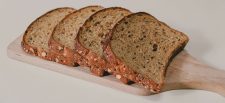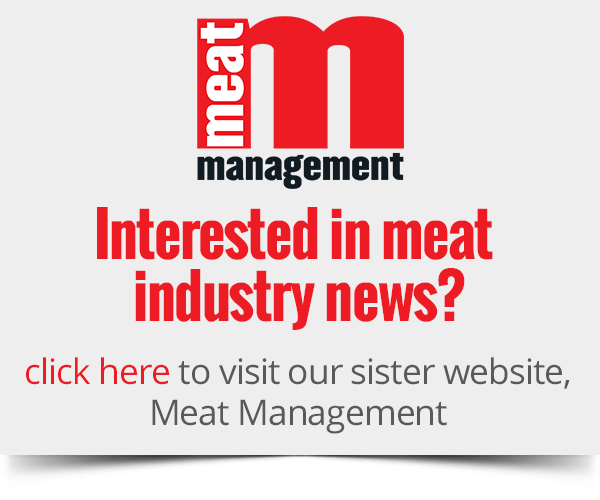The Food and Drink Federation (FDF) has published a Gluten Labelling Guidance which has been updated to provide advice to food business operators on how to label food products that include cereals containing gluten.
The document has been developed to illustrate examples of different labelling situations, with special consideration given to oats and wheat species.
It provides information about the distinction between coeliac disease and cereal allergy, advice on precautionary allergen labelling, and a flow diagram for making gluten absence claims.
It also includes an overview of the relevant EU and UK legislation and guidance.
The Gluten Free Industry Association (GFIA) also joins Coeliac UK, Anaphylaxis Campaign and the British Retail Consortium (BRC) as supporting partners of this guidance.
Heather Hancock, chairman of the Food Standards Agency, said: “The Food Standards Agency welcomes the FDF’s work to achieve greater consistency in how the presence of cereals containing gluten and gluten-free claims are labelled on prepacked foods.
“Having a trusted consistent approach will make it easier for people with coeliac disease or with allergies to these cereals to find and understand the labelling information they need.
“And that means they can make safer food choices. I am very pleased to see further progress in this important area of public health and consumer protection.”
Alex Turtle, Food Law, Labelling and Enforcement manager, FDF, said: “It is vitally important that food manufacturers provide legally compliant labels that present consistent allergen information.”
Norma McGough, director of Policy, Research and Campaigns at Coeliac UK, said: “By distinguishing the presence of allergens (i.e. gluten-containing cereals) with the absence of gluten in foods (i.e. gluten-free), the guidance helps highlight the important distinction between an allergy to cereals and coeliac disease.”
To download or read the Gluten Labelling Guidance, click here.









